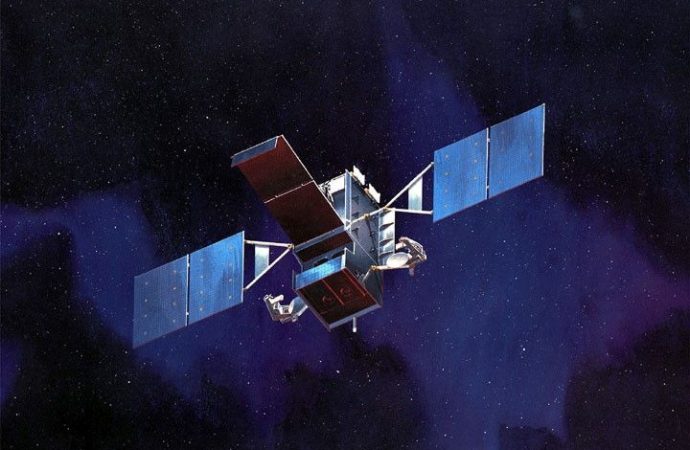Northrop Grumman Corporation’s hemispherical resonator gyro (HRG), a sensor known for its unmatched reliability on commercial, government and civil space missions, has reached 50 million operating hours in space without a single mission failure.
Source: SpaceNewsFeed
Aboard more than 200 spacecraft, the company’s HRG technology has contributed to the success of spacecraft and satellites orbiting Earth, and on interplanetary and deep space missions, for almost 25 years.
The HRG is a key element in Northrop Grumman’s Scalable Space Inertial Reference Unit (SSIRU), a navigation system providing pointing/stabilization and attitude control. Due to its quartz construction, the HRG is inherently radiation hardened and impervious to aging effects—making it ideal for long missions lasting more than 15 years. Its small size also means it can be featured in multiple spacecraft designs.
“This operational achievement is a testament to the unmatched performance of Northrop Grumman’s HRG technology for strategic and deep space applications,” said Brandon White, vice president, navigation and positioning systems, Northrop Grumman. “The SSIRU featuring the HRG not only has proven its reliability over countless missions, but also provides customers a substantial size, weight and power advantage for critical missions requiring pointing accuracy and platform stability.”
Building on the HRG’s years of proven performance, Northrop Grumman is currently developing the milli-Hemispherical Resonator Gyroscope (mHRG) to be featured in the new LR-450 Inertial Measurement Unit (IMU). The LR-450 will still provide the trusted HRG technology, though it is designed for smaller platforms requiring a lower weight, lower cost solution.
Northrop Grumman is a leading global security company providing innovative systems, products and solutions in autonomous systems, cyber, C4ISR, space, strike, and logistics and modernization to customers worldwide.

































Leave a Comment
You must be logged in to post a comment.